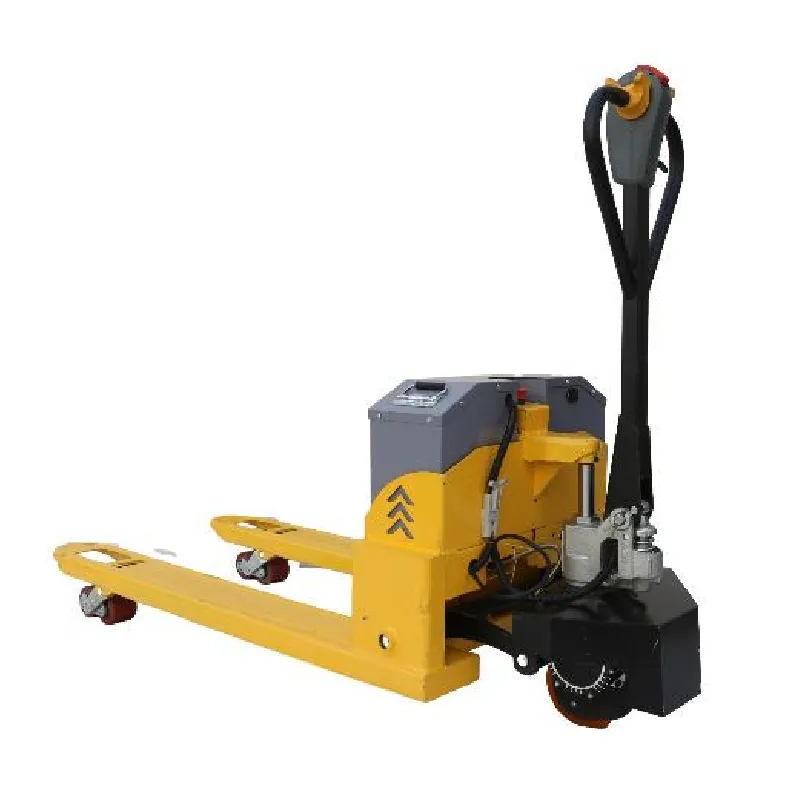


Fall Protection FAQ Understanding the Essentials of Safety
Workplace safety is a fundamental concern across various industries, particularly in construction and manufacturing, where workers often operate at significant heights. One of the most critical components of ensuring safety in these environments is fall protection. This article aims to answer some frequently asked questions regarding fall protection to help organizations implement effective safety measures.
What is Fall Protection?
Fall protection refers to various systems, equipment, and procedures designed to prevent workers from falling from heights or to minimize injury if a fall occurs. It encompasses a range of solutions including guardrails, safety nets, personal fall arrest systems (PFAS), and more, tailored to specific work environments and risk factors.
Why is Fall Protection Important?
Falls are one of the leading causes of workplace injuries and fatalities. According to the Occupational Safety and Health Administration (OSHA), they account for a significant percentage of workplace deaths each year. Implementing effective fall protection strategies is crucial in minimizing these risks and ensuring worker safety.
Who Needs Fall Protection?
Almost every worker who is exposed to potential fall risks requires some form of fall protection. This includes employees working at heights of six feet or more in the construction industry, as well as those in industries such as roofing, scaffolding, and maintenance. However, even workers who operate on elevated surfaces such as ladders or mechanical platforms should have appropriate fall protection measures in place.
What are the Types of Fall Protection Systems?
There are three main types of fall protection systems
1. Guardrails These are physical barriers installed at elevated edges to prevent falls. They are commonly used on scaffolding and rooftops where workers might be exposed to edges.
2. Personal Fall Arrest Systems (PFAS) These systems typically include a harness, lanyard, and anchor point. They are designed to stop a free fall and reduce the impact force on the body.
3. Safety Nets Installed below a work area, safety nets capture falling workers and debris, preventing injuries. They are especially useful in large-scale construction projects.

What are the Legal Requirements for Fall Protection?
In the United States, OSHA has set clear regulations regarding fall protection. Employers must provide fall protection for employees working at heights where there is a potential for falling. These regulations are meant to protect workers, and failure to comply can result in significant fines and penalties.
How Can Employers Ensure Compliance?
Employers can take several steps to ensure compliance with fall protection regulations
1. Conduct Risk Assessments Regularly assess the worksite for potential fall hazards and determine appropriate fall protection measures.
2. Provide Training Employers should offer comprehensive training programs for workers on the proper use of fall protection equipment and safety measures.
3. Use Appropriate Equipment Invest in high-quality fall protection systems that meet OSHA standards and are suitable for the specific tasks being performed.
4. Regular Inspections Conduct routine inspections of fall protection equipment to ensure they are in good working condition and replace any damaged items immediately.
What Should Workers Know About Fall Protection?
Workers should understand their rights and responsibilities regarding fall safety. They should be trained to recognize fall hazards, know when and how to use fall protection equipment, and report any unsafe conditions to their supervisors promptly. Awareness and proactive behavior can significantly enhance safety in work environments.
Conclusion
Understanding the fundamentals of fall protection is essential for both employers and workers to create a safe working environment. By prioritizing safety measures, fostering a culture of awareness, and complying with regulations, organizations can significantly reduce the risk of falls and protect their most valuable asset their employees. Implementing effective fall protection can save lives, prevent injuries, and cultivate a more productive workplace.



